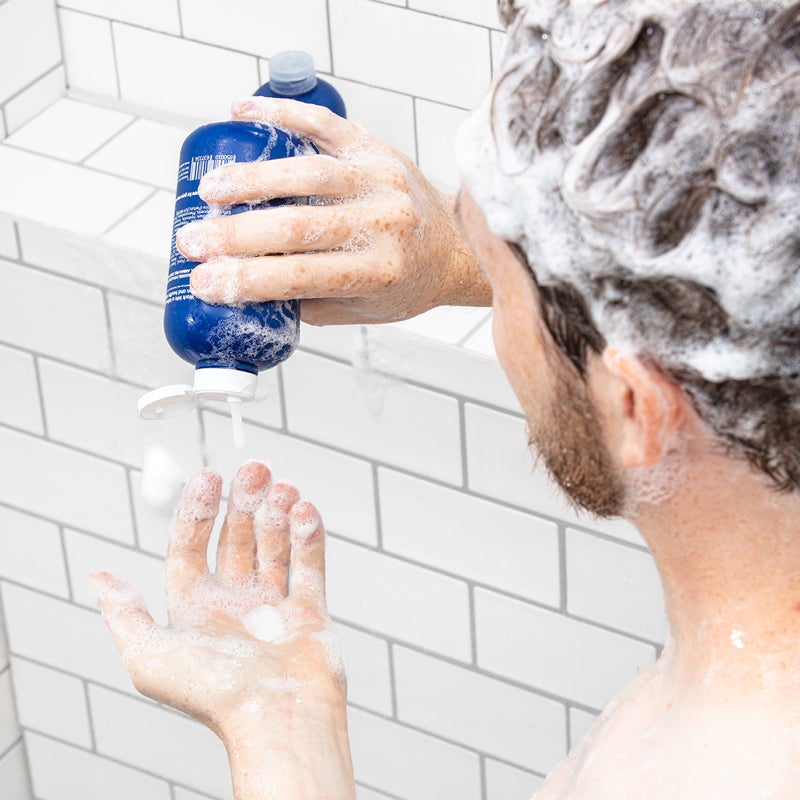



Daftar Provider Slot Online Gacor Jacpot Tertinggi
Highlights Situs Game Slot Online
FAQ - Situs Slot Gacor Panen138
- Apa Itu Situs Slot Gacor Panen138?
- Bagaimana Cara Daftar Panen138?
- Apakah Panen138 Memiliki RTP Slot Gacor?
Situs slot gacor online merupakan situs yang menyediakan permainan slot online mudah dimainkan untuk mendapatkan kemenangan seperti situs slot Panen138.
Cara mendaftar Situs Panen138 Sangat mudah sekali hanya dengan mengunjungi halaman pendaftaran dan meisi form pendaftaran dengan valid anda sudah terdaftar sebagai member situs slot Panen138 gacor.
Panen138 merupakan situs slot yang sudah dikenal dikalangan pecinta game slot gacor, kami menyediakan fitur RTP Slot Gacor hari ini dengan updatan terbaru setiap harinya, anda dapat mencari referensi game terbaik dan gacor melalui RTP slot online.
- Choosing a selection results in a full page refresh.
- Opens in a new window.



